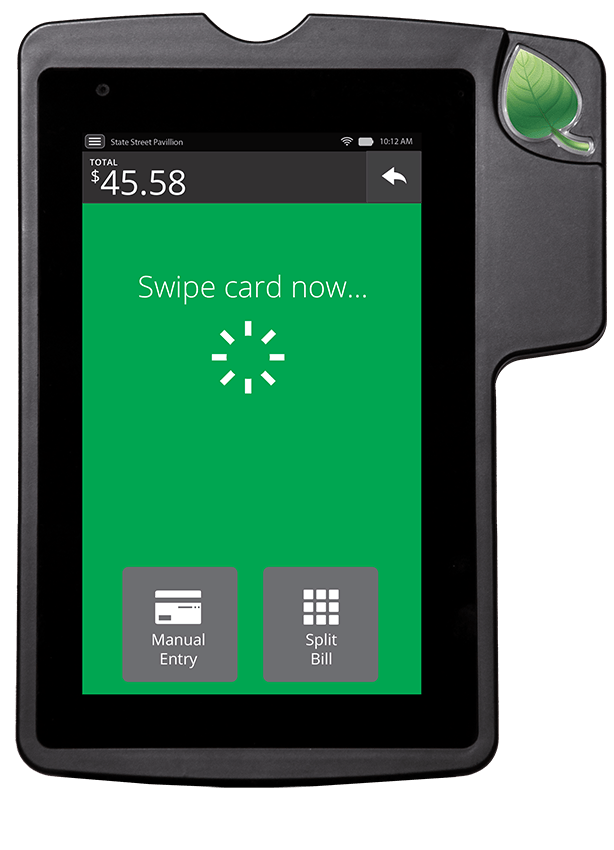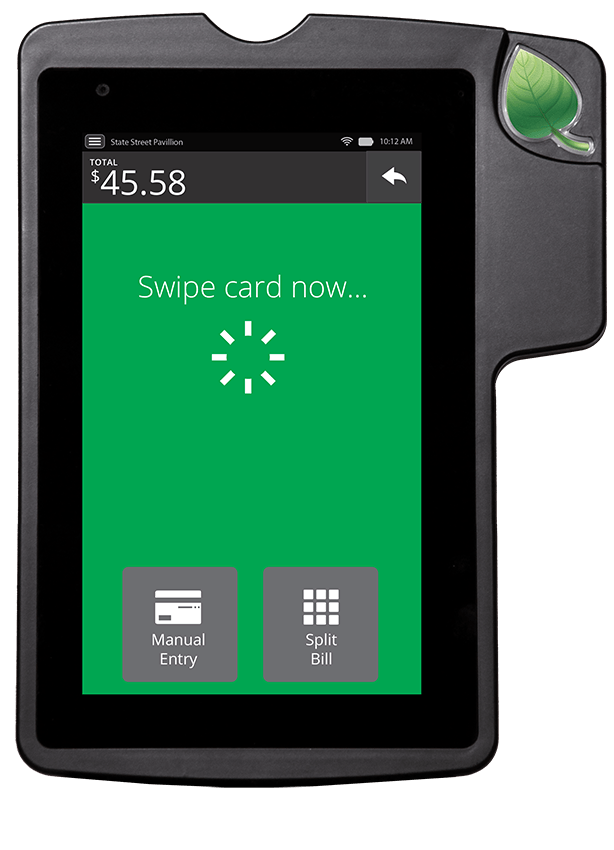
Android POS Tablet Suggests Where Merchants Are Going, And DS Vendors Should Follow
March 21, 2013 by Dave Haynes
 We’re already seeing the start of a shift in consumer environments away from highly proprietary and (usually) expensive systems to leaner, less costly ones playing off consumer devices and nimble software. Small merchants are using iPads as POS systems and very large companies like Apple use their own portable devices to transact in the aisles and remove the need for traditional checkout counters.
We’re already seeing the start of a shift in consumer environments away from highly proprietary and (usually) expensive systems to leaner, less costly ones playing off consumer devices and nimble software. Small merchants are using iPads as POS systems and very large companies like Apple use their own portable devices to transact in the aisles and remove the need for traditional checkout counters.
Now we’re seeing Android-based systems following this, and one of the interesting developments is a Boston-area company called Leaf, that now has an Android tablet built specifically with Point Of Sale in mind, and a full, open system behind it.
Leaf, the Cambridge, Mass.-based company that offers a point-of-sale solution based on its own Android tablet for small- to medium-sized businesses, announced that it will soon launch an app store for its service. The company, as its CEO Aaron Schwartzkopf told me earlier this week, aims to build an ecosystem for offline merchants that allows them to connect to their consumers at the point of sales. The best way to do this effectively, he believes, is to create an open platform that combines the usual point-of-sale features like sales and inventory management with analytics and, now, an app store that allows third-party developers to hook into Leaf’s backend and create apps for its tablet.
Thanks to its open nature, the Leaf, as Schwartzkopf told me, wants to “get rid of the segregation of all the different devices and platforms” that you can currently find in any given small business (and especially in restaurants). The service is vendor agnostic and allows merchants to choose their own payment providers, loyalty programs and other core features they need to run their businesses.
The new app store will feature about 10 apps at first and launch later this spring. At first, the store will be stocked with apps from the likes of PayPal and LevelUp, as well as a number of reservations systems and mobile ordering services. During the beta, the store will remain closed to outside developers, but the company plans to launch its full developer platform later this year. Then, developers will be able to create everything from payment apps to HTML5 apps that run in its merchant backend and Android apps that run right on the tablet.
Why this is interesting from the context of in-store digital signage is that the screens behind cash or flanking walls are sub-optimized if they are silo’d “things” that have no relationship to other store systems. Companies like Leaf are developing systems that are open and fully intending to encourage third-party development and integration.
What that means is if a loyalty program that awards discounts or points is in place and managed by Leaf, and pushed out to phones, the tabulations can also be pushed out to screens. Think about the impact of telling people in the store that members have received an aggregate of $1,357 in discounts today. Think about reading the inventory system and adjusting the promotional schedule based on items that are overstocked or running out.
The dedicated tablet, alone, is interesting because it’s going to inevitably be more rugged than shiny, sexy consumer tablets that really don’t like to get dropped, and use add on-mag strip readers and other gear plugged into headphone and other jacks, as opposed to gear built in and designed to last.
The macro point here is that if you are selling a “solution” into retail, you should likely be thinking in terms of how that solution can work with other solutions. If it is its own thing, and can’t be integrated without a pile of work and cost, that’s a problem. If it is designed to work with systems like Leaf (and there are undoubtedly others out there), that’s probably a good thing.



Leave a comment